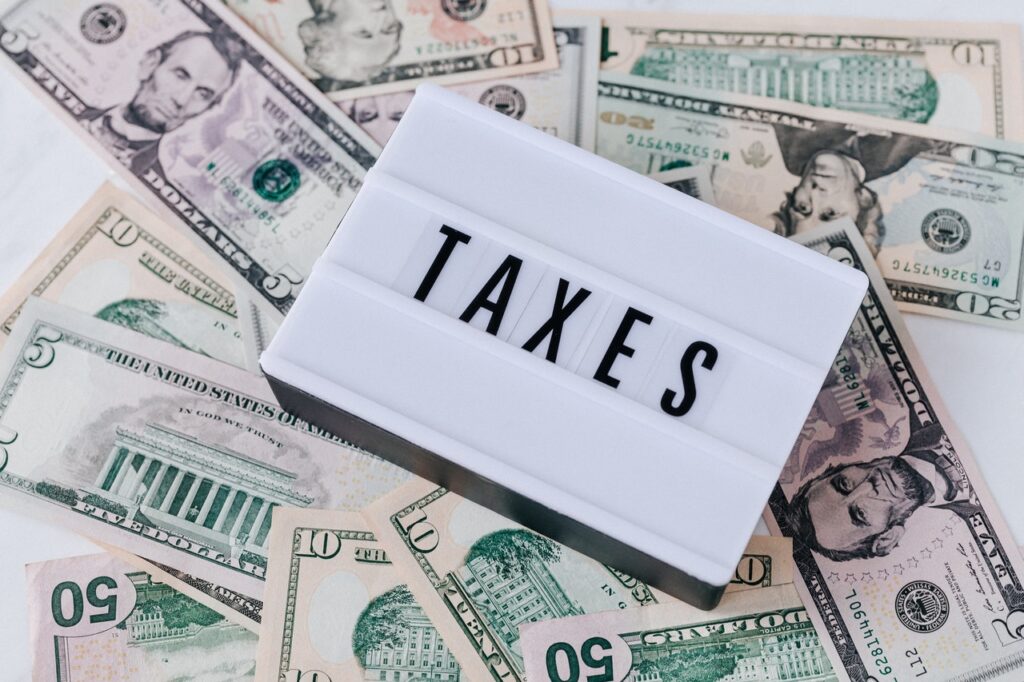It doesn’t matter if you’re an employer or an employee; chances are you’ve come into contact with a pay stub.
Although you might know it under different terms such as pay slip or paycheck stub, a pay stub is essentially what lays out the details of an employee’s paycheck.
Whenever your employees receive their salaries, the statement part is what a pay stub is. Most US states do not require employers to provide employees with such information. However, many more do require it and it’s only a matter of time before everyone gets on board with this rule.
Those states that don’t specifically require a pay stub do require some other form of a written pay statement.
In this article, we will explain to you the basics of this system and how it works.
What Do We Use This System For?

Source: pexels.com
In the sphere of personal finance, having access to as much information can only be a good thing. To make matters more convenient for both employer and employee, the pay stub “system” was introduced.
In every wage record, employees can make sure that they’re paid what they’re owed by simply looking at the pay stub. This section of the salary record holds plenty of useful information that both employer and employee can use. Employers can use it as a form of protection against employees that argue they’re not paid properly. And employees can use it as evidence if they’ve truly been paid less than what they’re owed.
To easily clarify this, we have to look at what sort of information a pay stub contains. Let’s do that.
What Information Does It Contain?
At first, you might think that this is overly complex and hard to navigate. But once you see it with your own eyes, you’ll quickly come to the conclusion that there are only 3 important sections of information in a pay stub. These sections are broken down into three parts. The first part is the gross wage, the second part is the taxes, deductions, and other contributions, and the third part is the net pay.
But in order to explain all three parts, we will have to get into more detail regarding each section. Let’s do that.
· Part 1: Gross Wages

Source: pexels.com
The gross wages section simply states how much money the employer owes the employee before deductions are taken out. Each state calculates the deductions differently. But it also depends on other factors such as bi-monthly salary or hourly salary.
But regardless of all that, every employee can see how much money is deducted from the gross wages on the pay stub.
The gross wages part is broken down into two separate columns. In the first column, you have an employee’s current gross pay while the second column contains the year-to-date totals.
Other information included in the gross wages part includes hours worked, pay rate, and gross pay.
· Part 2: Taxes, Deductions, and Other Contributions

Source: pexels.com
This is where the water gets murkier for employees. As much as we want to, we don’t take the gross pay and actually have parts of it deducted. This, naturally, decreases our earnings.
But before pay stubs were a thing, employees had a hard time figuring out how much money went to taxes, deductions, and other contributions.
With pay stubs, employees can see exactly how much of their salary is reduced by these factors.
Much like the previous part, this one also comes with two additional columns. Upon observing, the first section contains information about any existing deductions while the other the year-to-date amounts of said deductions.
Information found in this part includes the employee tax deductions, the benefits and other deductions, and the employer contributions. While the first two can be easily explained and most people are generally familiar with them, the employer contribution part is somewhat unknown to most people. The employer contribution includes stuff like insurance premiums, retirement plans, and other employee benefits.
· Part 3: Net Pay

Source: workful.com
And the last part is the net pay section. This one simply states how much money you get at the end when all the taxes, deductions, and other contributions are reduced from the gross pay.
For many people, this is the only section that matters as it is what employees take home with them at the end of each bi-week or month. The net pay amount is directly transferred to the bank accounts of your workers.
And the pay stub does an excellent job of clearly outlining this section. Much like both other parts, the net pay section has two columns. The first one is the current net pay while the other is the year-to-date net pay.
Why Do We Need Pay Stubs?
At the end of the day, pay stubs aren’t only used for clarity purposes. Both employer and employee have great use of pay stubs. The employee can use it for tax purposes. Since the second part contains the taxes section, an employee can easily understand their taxes by viewing this section.
A pay stub can also be a valid document when employees need to apply for a loan. Simply said, the pay stub can serve as proof of income or employment.
But at the end of the day, a pay stub is still a document that both employer and employee can use for clarity purposes. An employee can use it if they feel they’re being underpaid or not paid what they’re owed. And the employer can use it as proof that they’ve indeed sent the paycheck for this month or bi-week.
Every employer can benefit from the numerous online tools that help them generate dependable documents quickly and easily. Such online services or tools are convenient enough that everyone from small to big businesses can use them. And for a small price, you’re gaining so much more.
If you’re an employer and looking to create an online pay stub to send to your employees’ right to their email, then look no further than https://www.paystubsnow.com/







